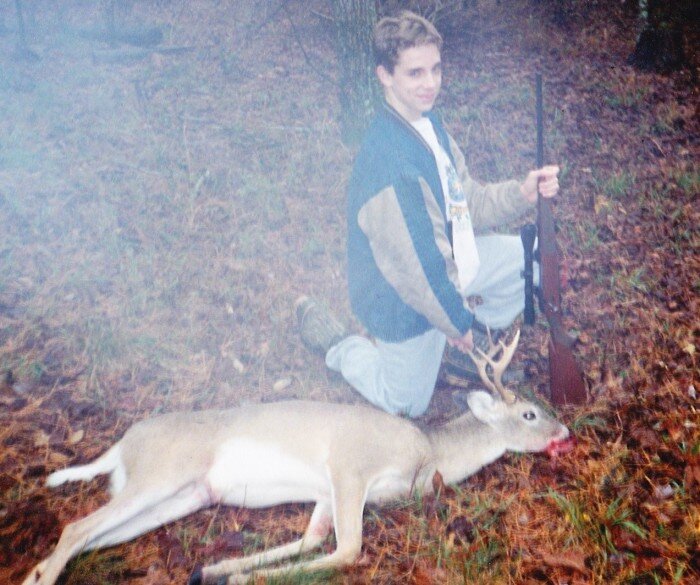Photo 101: Five Top Snow Photography Tips
Snow Photography is Cool
When it’s time for winter wildlife photography, let it snow, let it snow, let it snow because snow photography is cool!
Working with cameras in falling, drifting, blowing, cold snow isn’t always easy, but it helps you create dramatic, moody images with attitude, passion, texture and flavor. A good snow picture captures the gritty feel of winter that virtually everyone recognizes at the gut level.
Raccoon, Water, Snow
Five Keys to Successful Snow Photography
Protect Your Gear. In extreme cold snow flakes are dry. As long as your camera is equally cold, it won’t get wet. You can merely blow the snow off. But… most of us tend to hop in and out of warm buildings or vehicles, in which case cameras may be warm enough to induce melting. If you don’t want to risk water seeping into your gear, protect it under some kind of rain cover. Amazon lists dozens like this pair on sale for less than $10. In a pinch a garbage bag or a couple of extra-large zip-close plastic bags will work. Cut a hole to fit your lens in one end and tape it to the lens hood. You can leave the other end open to reach controls. For long telephotos, you can tape two bags together. It’s noisy and a bit of a hindrance, but it beats ruining expensive lenses and bodies. Another option is to shoot from a blind. That limits mobility, of course, but provides maximum protection for your gear -- and you! Try to not point your lens straight up or into the teeth of blowing snow. Bring a terry cloth towel or large lens cloth for drying as necessary.
Protect yourself. You might wait hours for a critter to strike the perfect pose. If you hope to stick around for that special moment, dress the part. Fleece base layers, insulation layers, waterproof layers, balaclava or hood and a hat brim to keep snow out of your eyes. Thin liner gloves let you pull off insulated outer gloves and run the camera without freezing to it!
Carry fully charged batteries and spares. Cold sucks battery power.
Shoot fast enough. It’s cloudy when it’s snowing, so light levels will be low. Set ISO high enough to keep shutter speeds fast enough to stop action. Usually 1000 to 2000 ISO allows shutter speeds of 1/500 to 1/1500 at f/5.6. Noise from higher ISOs can actually enhance a snowy scene, adding extra texture and grit to the snowflakes. If you like this look, consider pushing ISO even higher and use the extra speed to stop down to f/8 or f/ll. The extra depth-of-focus will help keep more of your subject sharp, like a goose’s head and tail. Read this short blog for details on balancing shutter speed, f-stops and ISO.
Tweak exposure. Significant areas of background snow (white) in the frame will bias the meter reading. You can set exposure compensation and shoot on auto if subjects remain in consistent settings, i.e. always against a snow background. Exposure compensation of +2 to +2.5 may be needed depending on how much of the frame shows white snow. As easier option is to shoot on manual. Under cloudy skies, light levels remain pretty consistent, so meter your subject or something of equal reflectance, set shutter and f-stop accordingly and start shooting. Because you've locked in exposure settings perfect for your subject, it won't matter if more or less snow shows in the frame. Check results now and then just in case light levels change.
Shoot a lot. Digital image storage has freed wildlife photographers from the expense and hassle of buying and changing 36 exposure rolls of film. We can now blaze away, taking hundreds of shots in the hopes of capturing that one, special moment. SD cards are now so reasonably priced that you might as well buy quality cards like this latest SanDisk Extreme 64GB for just $24.99. So get out there with plenty of batteries and cards and start blazing. Snow photography may be cool, but it's hot stuff.
Snow photography is cool for more reasons than the temperature.
# # #














